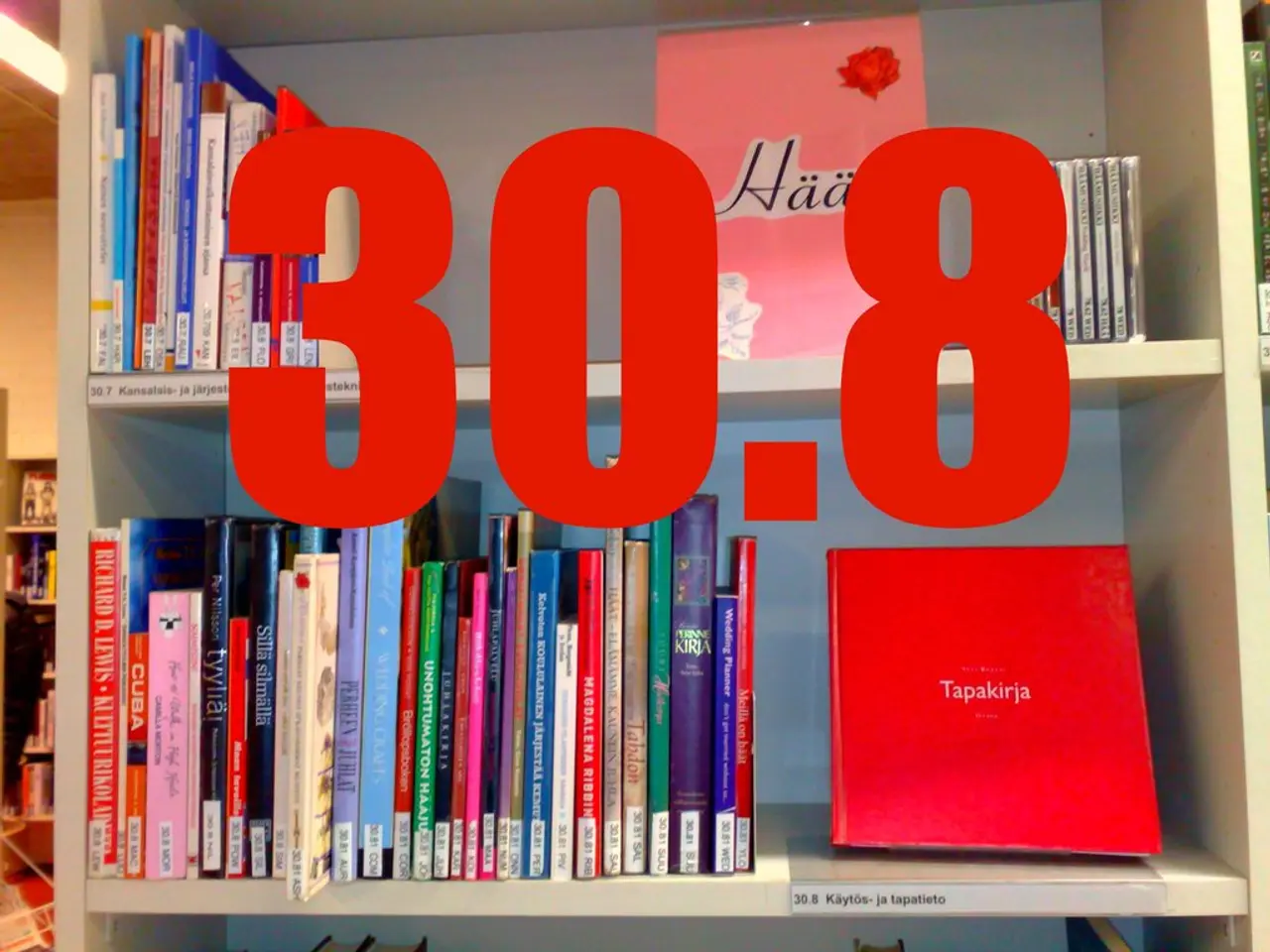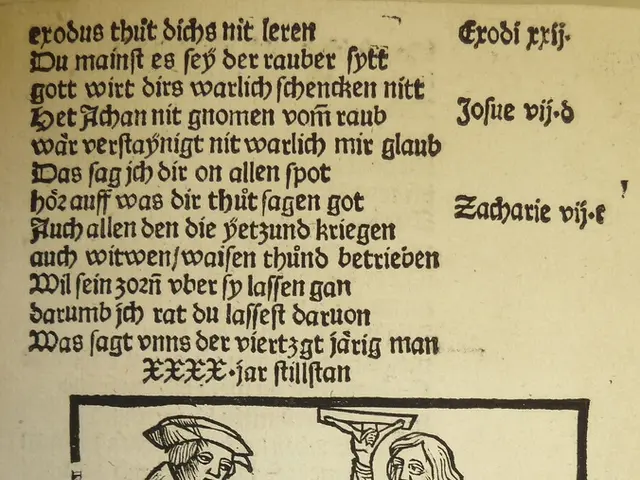Principle of Inclusion-Exclusion for Set Counting: Incorporating Overlaps and Combinations of Sets
In the realm of mathematics, the Inclusion-Exclusion Principle (PIE) stands as a fundamental concept in combinatorics, finding application in probability, graph theory, and number theory. This principle is a powerful tool that helps mathematicians avoid overcounting when considering unions of events, subgraphs, or number sets.
The Basics of PIE
At its core, PIE is a combinatorial formula used to compute the cardinality of the union of multiple sets. The union (( \cup )) represents the set containing all elements that are in at least one of the sets, while the intersection (( \cap )) denotes the set of elements common to all involved sets. Cardinality ((|\cdot|)) refers to the number of elements in a set, and the complement of a set consists of elements not in the set, relative to some universal set.
The General Formula
For (n) sets (A_1, A_2, \dots, A_n), the size of their union is:
[ |A_1 \cup A_2 \cup \cdots \cup A_n| = \sum |A_i| - \sum |A_i \cap A_j| + \sum |A_i \cap A_j \cap A_k| - \cdots + (-1)^{n+1} |A_1 \cap A_2 \cap \cdots \cap A_n| ]
where the sums run over all distinct indices (e.g., pairs ((i, j)), triples ((i, j, k)), etc.).
Applications Across Fields
- Probability: PIE calculates the probability of the union of events by summing individual event probabilities, subtracting pairwise intersections, adding triple intersections, and so forth, particularly when events are not independent.
- Graph Theory: PIE is used to count subgraphs or paths, avoiding overcounting common elements; for example, counting the number of vertices or edges that satisfy certain properties across multiple subsets.
- Number Theory: PIE helps count integers with specific properties, such as numbers divisible by at least one prime in a set, using PIE over sets of multiples to avoid double counting.
In Summary
PIE provides a framework for calculating the size of unions of overlapping sets by systematically adding and subtracting the sizes of their intersections to compensate for overcounting. It relies on understanding sets and their operations such as union, intersection, cardinality, and complements, making it a powerful tool in combinatorics, probability theory, graph theory, and number theory.
One intriguing application of PIE is its use in determining the probability of drawing a coin that's either heads or tails from a box with magical coins. By using PIE, we can account for the overlaps between the events of drawing heads and tails, leading to a more accurate probability calculation.
In essence, PIE is a versatile tool for counting elements that meet specific conditions, even when those conditions overlap. Its systematic method for counting elements in a finite set by considering intersections and unions of subsets makes it an essential component of modern mathematics.
In the realm of education-and-self-development, understanding the Inclusion-Exclusion Principle (PIE) could aid in the grasping of complex mathematics concepts, such as combinatorics and combinatorial formulas, essential in fields like probability, graph theory, and number theory. The mastery of learning PIE can lead to a better understanding of how to systematically count elements meeting specific conditions, even when those conditions overlap.




